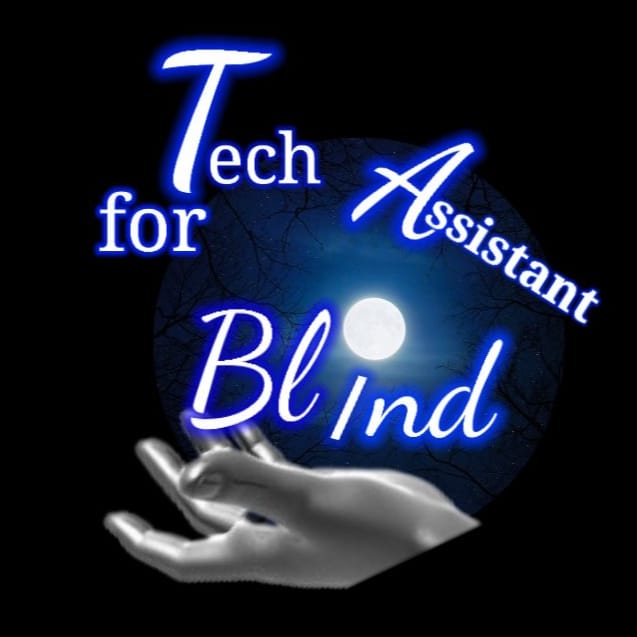Last Updated on
June 1, 2023
Written by
Tech Assistant for blind Team
Introduction:
Natural language processing (NLP) is a field of computer science that studies how computers can understand and process human language. NLP is a subfield of artificial intelligence (AI), and it has a wide range of applications in many different industries.
This technology has revolutionized various domains, including virtual assistants, chatbots, machine translation, sentiment analysis, and more. In this article, we will delve into the fundamentals of NLP, its applications, and the advancements that have propelled this field forward.
Understanding Natural Language Processing:
Natural Language Processing is a subfield of AI that focuses on the interaction between computers and human language. It encompasses a range of techniques and algorithms designed to enable machines to understand and process natural language in a manner similar to humans. NLP involves tasks such as speech recognition, natural language understanding, language generation, sentiment analysis, named entity recognition, and more.
Key Components of NLP:
1.
Tokenization: Tokenization is the process of breaking down text into smaller units called tokens, such as words, phrases, or sentences. It forms the foundation for further analysis in NLP tasks.
2.
Morphological Analysis: Morphological analysis deals with the study of word structure, including inflections, root words, prefixes, and suffixes. It aids in tasks like word normalization and lemmatization.
3.
Syntax and Parsing: Syntax and parsing involve analyzing the grammatical structure of sentences. This process helps to understand the relationship between words and identify the role of each word in a sentence.
4.
Semantics: Semantics focuses on extracting meaning from text. It involves understanding the contextual interpretation of words, phrases, and sentences.
5.
Named Entity Recognition (NER): NER is the process of identifying and classifying named entities such as names, locations, organizations, and dates within a given text.
Applications of NLP:
1.
Machine Translation: NLP has revolutionized the field of machine translation, making it possible to automatically translate text from one language to another. Systems like Google Translate utilize NLP techniques to understand and generate human-like translations.
2.
Virtual Assistants: Virtual assistants such as Siri, Alexa, and Google Assistant rely on NLP to interpret voice commands and provide accurate responses. They can answer questions, perform tasks, and even engage in conversational interactions.
3.
Sentiment Analysis: NLP enables sentiment analysis, which involves determining the sentiment expressed in a piece of text, whether it is positive, negative, or neutral. This technology is widely used to analyze social media sentiment, customer feedback, and reviews.
4.
Text Summarization: NLP techniques are employed to automatically generate concise summaries of lengthy text documents, making it easier for users to extract essential information.
5.
Chatbots: Chatbots utilize NLP to understand and respond to user queries in a conversational manner. They can provide customer support, answer frequently asked questions, and assist users in various applications.
Advancements in NLP:
Recent advancements in NLP have been fueled by the availability of large-scale datasets, improved computational power, and advancements in deep learning techniques. Pretrained language models like OpenAI’s GPT-3 have demonstrated remarkable language generation capabilities and have pushed the boundaries of what is possible with NLP. Additionally, transfer learning techniques enable models to leverage knowledge from one domain to another, reducing the need for large amounts of domain-specific training data.
The Future of NLP:
As NLP continues to evolve, we can expect to see even more sophisticated language models with enhanced contextual understanding, better language generation capabilities, and improved accuracy in various NLP tasks. NLP will likely play a crucial role in bridging the communication gap between humans and machines, enabling more natural and intuitive interactions with AI systems

